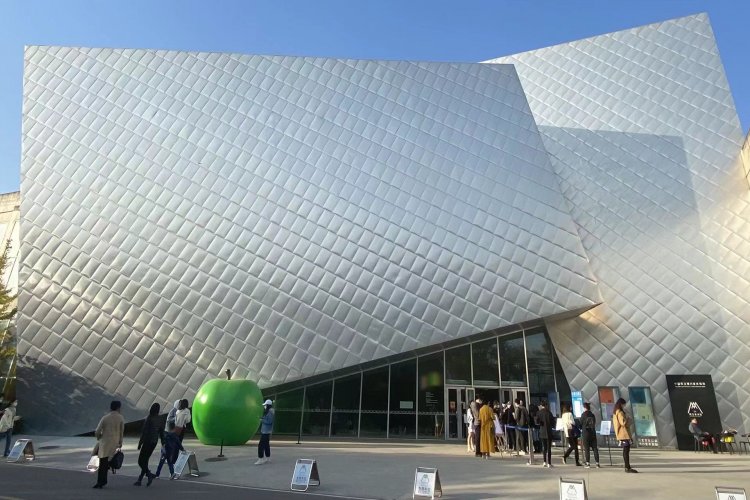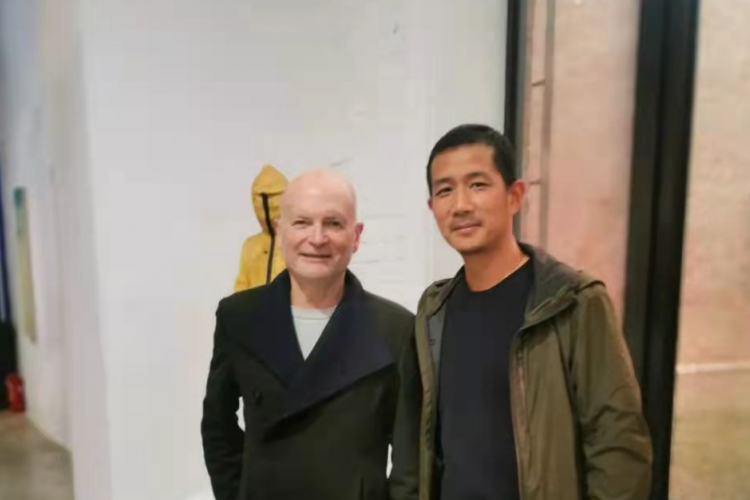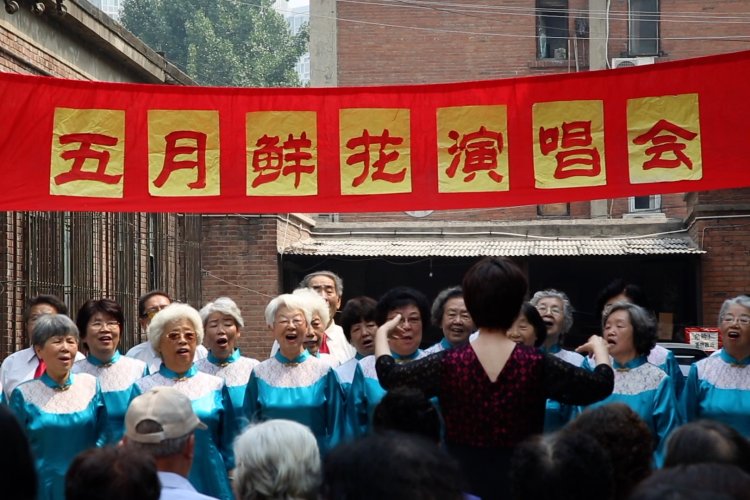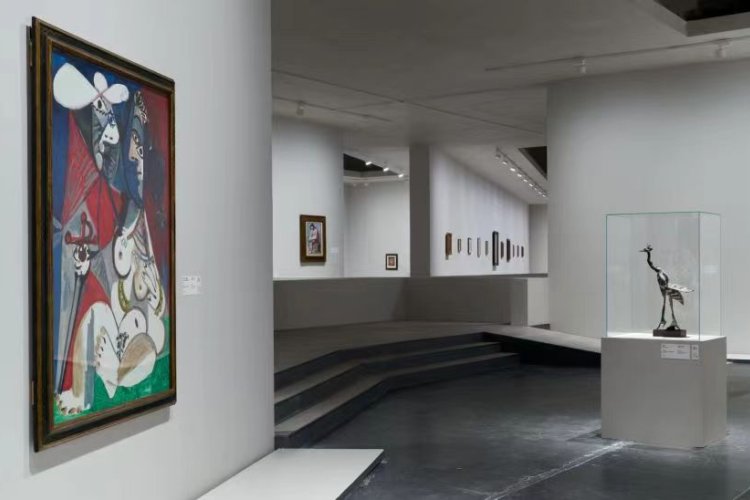Spring Awakening: Caochangdi Busts Out All Over
If you eschew the airport expressway that hurtles past 798 and instead take the tree-lined airport side-road (Jichang Fulu) that winds its way beside it, you will eventually come upon a blue-and-white cluster of signs that point you to the many and diverse corners of the “artist village” of Caochangdi - which this April will be home to an explosion of events under the auspices of the Caochangdi PhotoSpring.
Caochangdi is 798’s upstart brother. As the latter settles into premature middle age, Caochangdi is in the first flush of youth, a little bit edgy (not least because it’s hard to find) and a little bit romantic (perhaps because it’s destined to die young).
Right now, Caochangdi is the art district of choice for galleries and artists alike. Once its dusty lanes hosted only the low grey walls of the pioneering China Art and Archive Warehouse (CAAW)and its artistic director Ai Weiwei, but then leading players entering the Beijing scene started choosing the village, turning their backs on the high rents and teeming traffic of 798. Relative pioneers like Pékin Fine Arts, F2 and Boers-Li were joined by high-profile defectors from 798 like White Space, Primo Marella and Platform China. Today, Caochangdi remains home to its original “peasant” residents, who continue to assay a life on Beijing’s urban fringe, but is now dotted with elegant outposts of high art and hutong-like rows of artist studios, which sprawl across the old Huantie railway line and up and down its low slopes.
At Caochangdi’s artistic heart is the old CAAW and its Ai Weiwei-designed neighbor, the Three Shadows Photography Art Centre. Three Shadows is the creation of artist couple RongRong and Inri, and under their gentle direction has in a mere three years become the foremost center for photography in China. Two years ago they launched a prize aimed at flushing out Chinese photographic talent from around the world. This year, the prize will be the centerpiece of a bold new venture, one that’s hoped will become an annual fixture in Beijing’s artistic calendar, a ten-week-long arts festival called Caochangdi PhotoSpring.
PhotoSpring sees Caochangdi partnering with the French city of Arles, whose Rencontres d’Arles is the world’s oldest photography festival, to bring exhibitions of leading international photographers like Pierre Gonnord, Lucien Clergue and Araki Nobuyoshi to the streets of the village, while galleries around the district will hold associated shows. The opening week will be particularly busy as VIP guests from the world of photography fly in to sit on Three Shadows’ prize panel, talk up a storm with the locals and review the portfolios of aspiring photographers. At the same time, high-profile artistic residents of Caochangdi, such as Ai Weiwei, Li Songsong, RongRong & Inri, Wang Qingsong and Zeng Fanzhi, will hold open studios. Nights will be devoted to shows by local acts like The Offset: Spectacles and Xiao He, accompanied by open-air screenings and slide shows.
Rather than being left bemused, the original village residents have embraced the festival and plan to re-style Caochangdi in the image of Arles. The village head is promising cobbled streets and new signage in time for opening day and there is talk of fleets of bicycles to help visitors get around.
Hanging over all the fun, however, is one creeping shadow – the relentless development of Beijing’s northeast. Once, the land around 798/Dashanzi was despised, but the development of Wangjing, the popularity of 798 and the inexorable urban sprawl has turned it into prime real estate. This winter, many artists who’d taken up comfortable residence in one or other of the villages that make up this part of Beijing woke up to eviction notices, followed hard upon by demolition crews. The once-thriving artistic communities of Suojiacun, Changdian and 008 stand empty, with many of the artist studios of Zhengyang, Heiqiao and Huantie to be gone soon too.
In this landscape, Caochangdi looks increasingly isolated. Many fear that despite its international residents and increasing reputation, it too may fall to the wrecking ball. In Beijing one learns to accept the inevitability of change, but let’s at least try to appreciate what we’ve got before it’s gone. You’ve got ten special weeks to appreciate Caochangdi’s charms this spring. Make sure you get there.
Caochangdi PhotoSpring runs from Apr 17-Jun 3. For full schedule and a map, see www.ccdphotospring.com






